What if all you had to do for an entire calendar year was fish for steelhead in a different place for each month in the lower 48? Where would you go? Why would you go? Well, here is what I would do…
January: The Smith, and the North Coast of California
California’s Smith River is an absolute gem of a steelhead river. It hides it’s secrets well, and takes many visits to even begin to wrap your head around its potential. This is a hard core fisherman’s river, as opposed to a caster’s river. You need to be able to billygoat down some steep trails to access the water, and do some tricky wading and cliff balancing to position yourself in a reasonable casting situation.
When in shape, the Smith flows emerald green without the hindrance of any dams as it thunders its way through class V rapids through an ancient redwood forest. You need to break out the heavy sink tips to reach the depths in which these large wild steelhead hold. This gnarly topography makes hard to fathom a more spectacular place to encounter a wild winter steelhead…or a more difficult one.
Easier wading and angling options are plentiful among the many blue lines heading south from the Smith down the breathtaking Highway 101. You can spend all month here and not fish the same spot twice. Along the way there are lots of cool sleepy coastal towns to base out of for this steelhead journey. Don't leave valuables in your rig. Recommended guide: Jason Hartwick
February: North Coast of Oregon
The first time I visited the “North Coast", I was taken aback by how quickly the sprawl of a gigantic city like Portland dissipated into a splendid lush forest of moss covered trees. Through the trees, steelhead green rivers carve their way through through them on their way to the ocean. You won’t be alone on these rivers that flow into Tillamook Bay, Nehalem Bay, and Nestucca catchment, but with a few hundred miles of blue lines running into the ocean in a relatively small region, you can find a solitary piece of swing water somewhere after doing some homework. Some very large winter steelhead are encountered on all of these rivers, regardless of size of fishery. Plenty of accommodation and food options are available in the beach communities that in close proximity to these rivers. Recommended guides: Scott Odonnell, Jeff Hickman, Chris Odonnell
March: Olympic Peninsula, Washington
The stunning Hoh River is likely the most famous river on the “OP”, but there are plenty of other options for those willing to hike, row through dangerous rapids, or go for a leisurely afternoon float behind the hordes of guides and steelhead bums that make the annual March pilgrimage to the “Painforest.” Yes, it is really busy, but for a good reason. The Peninsula boasts the opportunity to encounter some of the largest wild winter steelhead in North America, and immerse yourself in some of the most beautiful rivers that steelhead swim in. No dams, no bullshit hatchery winter fish, just glacier covered mountains running through the only temperate rain forest in North America as your backdrop. This place is truly epic.
Generally, the Sol Dec has the most returning fish, but also is the gnarliest towade and row a boat through. The Bogey has clarity issues, but can be a real gem when it is in shape. The Queets is the most remote, gnarly rowing, but well worth the journey to wet a line in this true wilderness river. Hiring a local swing only guide really helps here, I recommend Gray Struznik, Bill Meyer, Trevor Covich
April: Skagit and Sauk Rivers, Washington
Ever hear of “Skagit” casting, or “Skagit” lines? Yes, there is a Skagit river, and it is biblical. This is where a group of steelhead legends came up with the equivalent of what shaped skis are to the ski industry: Skagit lines made it infinitely easier to cast big flies on a two handed rod. They needed to cast these big flies, in big water, to try and catch the big ass gnarly winter steelhead that use to return in large numbers to this magical system. If you visit this important fishery steeped in two handed history, please be aware of the current regulations as they change every year. For instance, in 2024 recreational steelhead fishing was open Feb. 3 through April 17 five days per week Saturdays through Wednesdays only. Truth be told, April was always the most legendary month on the most legendary winter steelhead river on the planet. Recommended guide: Trevor Covich
May: Sandy River, Oregon
Oxbow Park was home to the famed Sandy River Spey Clave, where steelhead bums, legends, casting gurus, and two handed fishing folk of all kinds gathered for almost 20 years. It was the best event of its kind, and is missed greatly by those who religiously attended. It was also a strategically timed event, because the Sandy River is certainly one of the best places to swing a fly for steelhead in the month of May. Perhaps the locals don’t miss this event quite as much as I do…but without the Clave happening anymore, you should be able to find a sweet piece of swing water to step in somewhere on this beautiful river. There are some great parks to camp in that are right on the river, and plentiful food and hotel options nearby. Recommended guides: Travis Johnson, Marty Sheppard, Brian Silvey
June: Washington State & Clackamas River
This is a tough month to catch a steelhead in most places…except in Washington. In fact, Steelhead are Washington’s state fish! June is actually prime time on the Clackamas in Oregon, which is eerily close to Portland providing great access and some really nice swing water. Being so close to a giant city, you won’t be alone. But once you are swinging a fly in one of the many great riffles the Clack has, you would have no idea how close the metropolis really is.
July: North Umpqua, Oregon
Perhaps no steelhead river holds more importance to so many anglers as Oregon’s famed North Umpqua. This legendary river has 33.8 miles of absolutely spectacular, technical, gnarly, and celebrated “fly only” water. The history and pools run deep on this river, but is also known as a dry fly steelheaders heaven. There is no other river I know of that has more epic tailout pools to skate a dry through.
The wild fish are larger compared to other summer steelhead fisheries in the states, but they don’t come easy, and not in big numbers. The numbers have been in such decline, it has been closed due to low returns two of the past three years…so make sure it’s open before you make the journey. Also know that the “North” is a very physical river with quite treacherous wading required to get to the casting “stations” to fish its famously named pools. But for the historical value alone, the North is worth the visit if it is open. Fingers crossed for better returns, and the hopeful removal of the dreaded Winchester Dam that is a major obstacle for these amazing steelhead on their way up to the celebrated Flywater section.
In the summer, it has the best regulations ever. No fishing from a boat, no stupid bobbers, beads, lead, or even weighted flies are allowed to be employed to disrespect these fabled fish (or yourself) by using these nefarious methods. Recommended guide: Dax Messett
August: Klamath River, California
In the midst of the biggest dam removal that the planet has ever seen, the Klamath River’s water temperature will soon be much cooler in the month of August, when the biggest push of the famous “half pounder” steelhead (and adults) begin to enter the river. On top of better water temps, there is a lot to be excited about for the future of this famous California gem now that the upriver dams have finally come out. The best is that it is opening hundreds of miles of spawning habitat that was previously unavailable for salmon and steelhead.
The Klamath is a big river, with varying water types. I can’t wait to see some new swing water where the reservoirs used to be. Hopefully there will be a bunch of great swing water! Below the lowest dam prior to dam removal, the river was narrow with lots of pocket water, some pools, and very little swing water. As you go further down river, the Klamath broadens out and turns into miles of wilderness swing water. Reasonably good camping and boat access until you get into its most lower reaches, which can only be accessed by jet boat. With the dam removal, the Klamath could very soon return to is rightful place being among the most productive anadromous fisheries on the planet.
Recommended guide: Gino Bernero, Dax Messett
September: Deschutes River, Oregon
This famous high desert river in the heart of Central Oregon is perhaps the heartbeat of steelhead culture in the lower 48. Anglers from all over come to swing a fly on this river that has one of my favorite regulations best regulations: No Fishing From a Boat. This regulation keeps side drifting bobber kooks off the river, who incidentally have become exceedingly prevalent on many other American steelhead rivers. September is prime time on the “D” and the large steelhead if present here will readily rise to a well presented skater in the mornings and evenings. Be warned, wading here can be quite gnarly in spots, and the rattlesnakes are just about as abundant as hackberry trees here, but the angling rewards can be staggering. Some research needs to be done to find camping options on the river, as much of it requires a multi day float on the upper reaches or jet boat piloting some very technical water on the lower reaches. Recommended guide: Barrett Ames
October: Grande Ronde River, Oregon/Washington
Another high desert river that flows into the mighty (hopefully soon to be un dammed) Snake River. “The Ronde” boasts miles of perfect swing water that lends itself quite nicely to skate the dry fly witthin its steep, gorgeous canyons dotted with big horn sheep and bugling elk. The steelhead strain here absolutely loves coming up to the dry, perhaps more than any other river I know of in the states.
This is a very remote river that requires quite a journey to get here from just about anywhere. There is some decent BLM camping where the river runs along the road. The best way to fish it is a multi day float on the uppermost reaches or lower most reaches. Both boasts some nasty whitewater to navigate, but at least the whitewater keeps the pressure low in these sections for the most part. The staggering abundance of swing water, spectacular scenery, and steelhead culture is unrivaled on the Ronde. This is truly a gem of a steelhead experience and should be on every keen angler’s bucket list. Recommended guide: Scott Odonnell and Speywater Lodge.
November: Trinity River, California
This California gem is the main tributary of the Klamath River. It has excellent access, plenty of great swing water, and lots of tradition, particularly with skating Muddlers. It does get quite a bit of pressure from hordes of guides from nearby Redding, who employ the nefarious side drifting bead lobbing technique. However, they do like 20 mile floats racing each other around mostly in the upper sections, so you can usually find solace in the middle and lower reaches. Lots of great camping and relatively easy to get around as the road runs along much of it, and Weaverville has plenty of beds and food options. The “Trin” is an awesome option for chasing good numbers of some really nice fall run steelhead and the month November is primo. Recommended guide: Randy Haman
December: Rogue River, Oregon
The Rogue is another Oregon river steeped in steelhead culture, tradition, and history. December is when the first bright chrome winter steelhead of the season arrive in the remote, spectacular wilderness section of the lower Rogue and its tributaries. The first winter fish of the year tend to be the meanest, and larger than the already quite respectable summer/fall specimens. You need a jet boat to access the lower rogue and be a solid pilot to be able to “read and run” as the flows fluctuate after heavy December rains, but thats when these amazing steelhead start to enter the river, so it’s worth it. Gold Beach has lots of great accommodation and food options, and there are other nearby rivers to target these fabulous early winter fish. Recommended guides: Lower: Dax Messett and Gino Bernero, upper: Leslie Ajari and Jon Hazlett.
A note on Etiquette for these rivers:
My intent on writing this piece is not to give away any secrets, as all of these rivers are steeped in history, and well known to keen steelhead anglers. I was hoping to inspire anglers to take advantage of the incredible opportunity that we have here in the lower 48 to chase steelhead every month of the year, and pass along some other information regarding etiquette that I think will help you on your journey.
Communicate Most of these rivers are quite famous, so you won’t be alone. Communicating your intentions with other anglers, regardless of their techniques, are essential to avoiding conflict. Another positive aspect of being communicative is it is an excellent way of meeting likeminded individuals and perhaps gaining valuable knowledge about the fishery.
Big groups suck, fishing in packs in an attempt to claim a huge run or run(s) for the entire day without sharing with other passing anglers is largely frowned upon on these and all other rivers. If you are with a big group of friends, at the beginning of the day just break it up small groups of 2 or maybe 3, and go to different places. You don't need to fish non stop. Take turns in the run with your mates. It is really nice to just chill on the gravel bar and have a cigar, coffee, or beer maybe heckle your buddy’s casting. No nap is better than one on a river. At the end of the day you can reunite with your larger group and share fun stories from your day of angling instead of stories about conflicts with other anglers you pissed off for fishing in a big lame group.
Keep stepping and don’t be a “bucket” fisher this means that if you are in the head of a run and someone is waiting, make a cast and then take a step and continue through the run. If you get to a “bucket” (sweet spot), don’t make 50 casts in it and grow roots. If you catch a fish, step out and give someone else a shot. If you want to go fish the run again when you’re done, come out of the water, walk back up, and wait your turn.
Know the regulations PNW rivers all have different regulations, so make sure you know them before you go to the river. Some rivers have closures, some have specific technique regulations. To play it really safe, just always fish a single barbless hook, don’t use a bobber rig to lob a bunch of kooky ass beads and bare hooks, and don’t fish from a moving boat and you’ll probably be ok regulation wise and get along with most everybody in all of these very special steelhead venues.




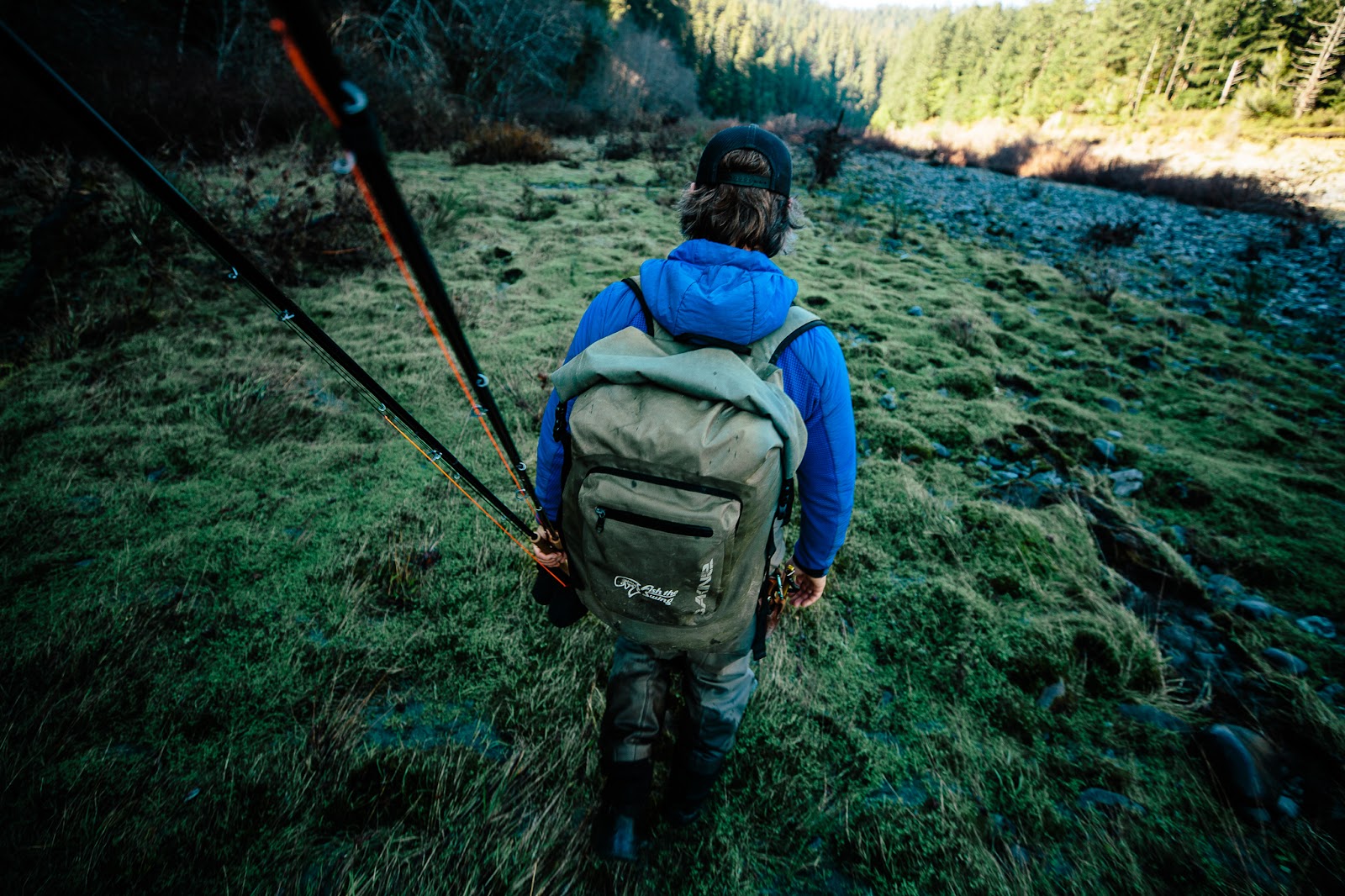


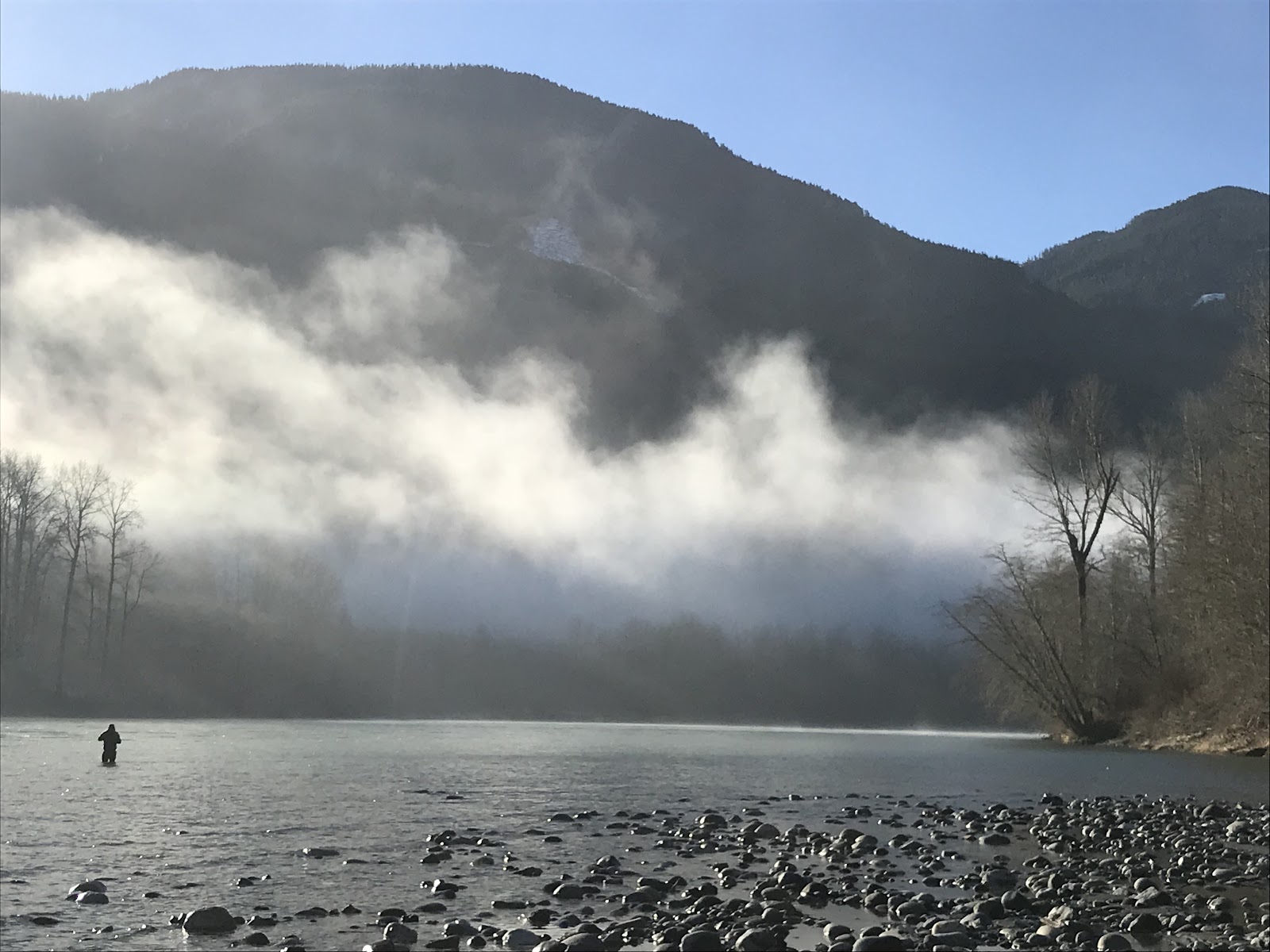


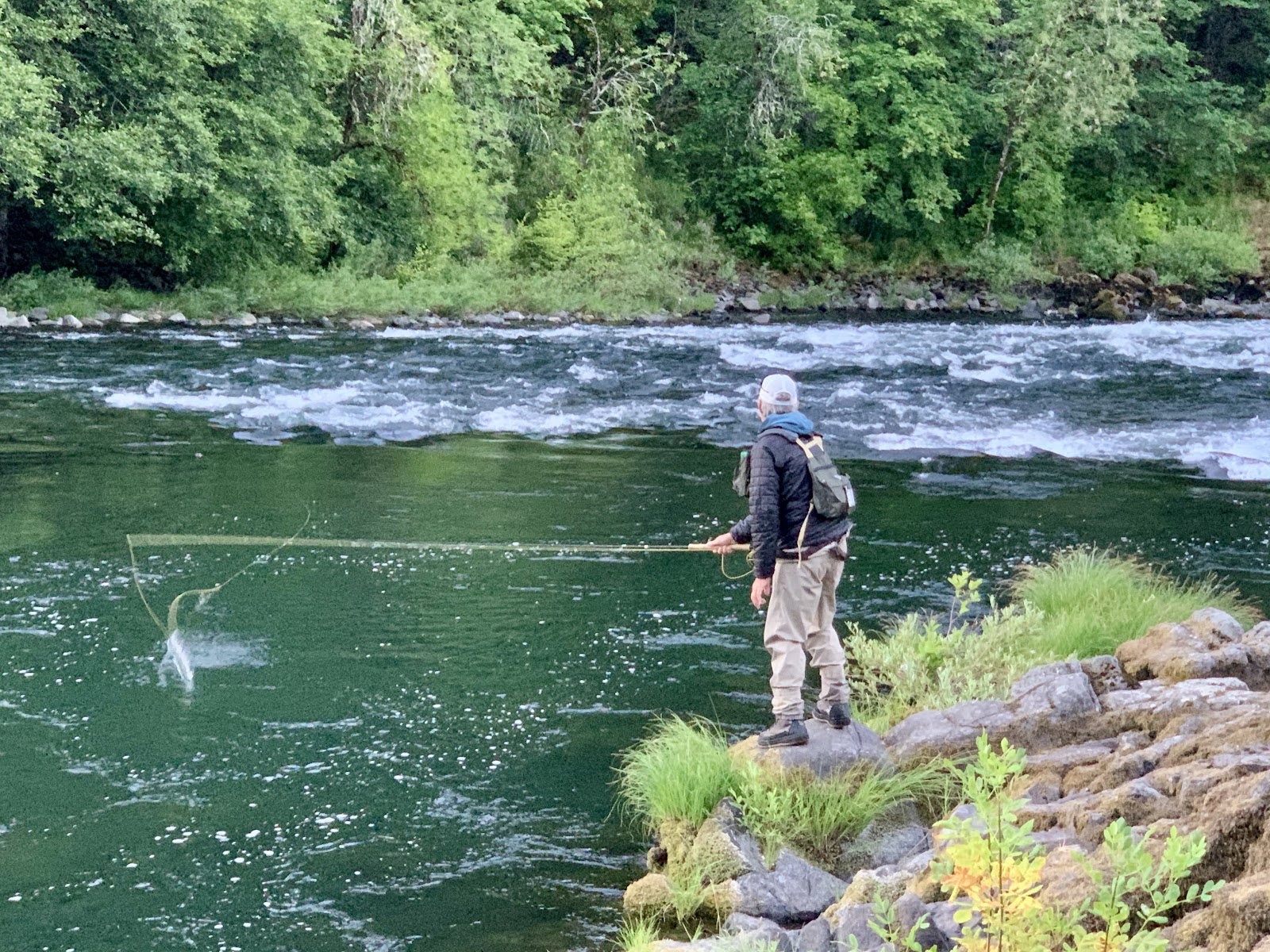


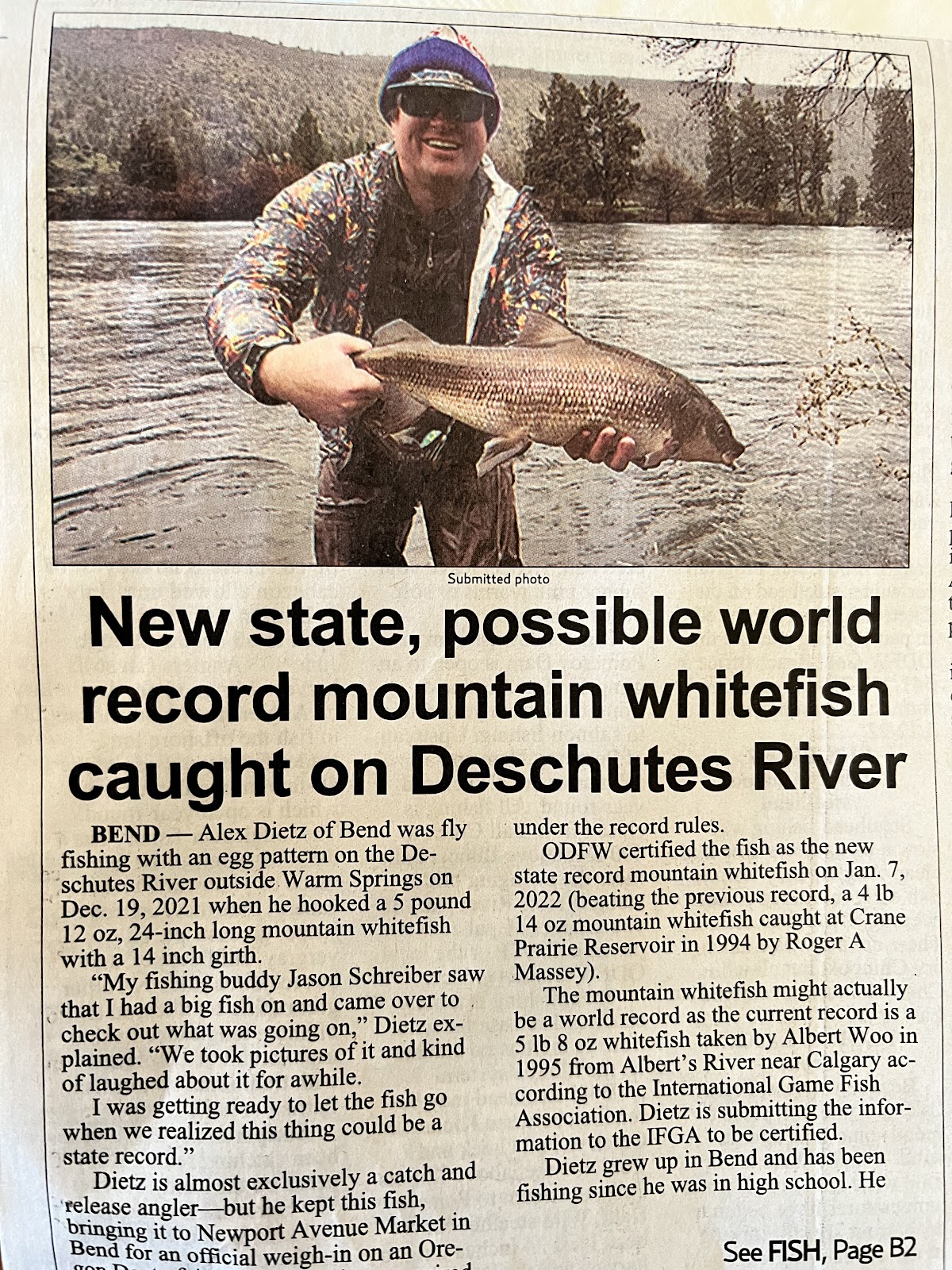


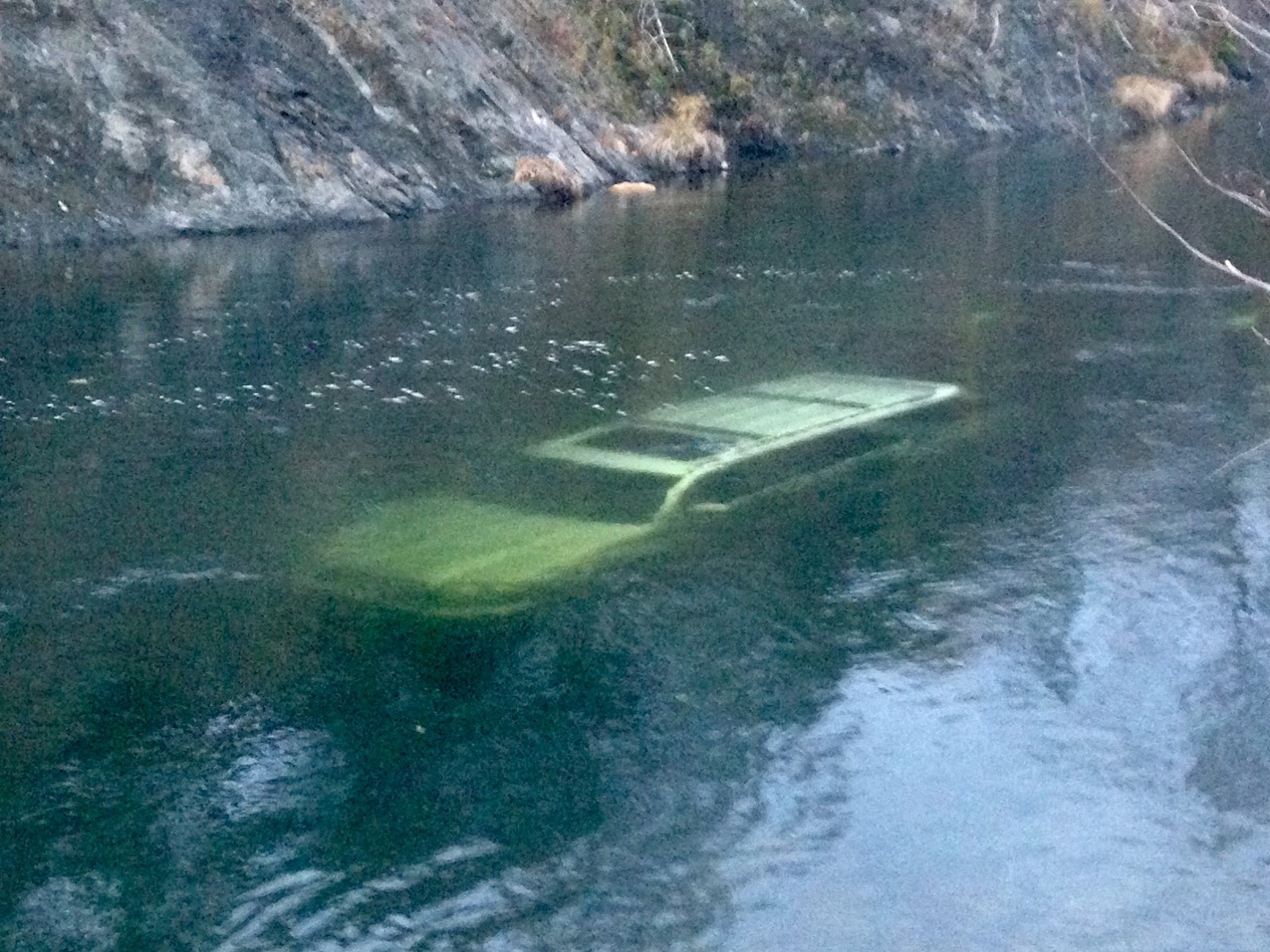




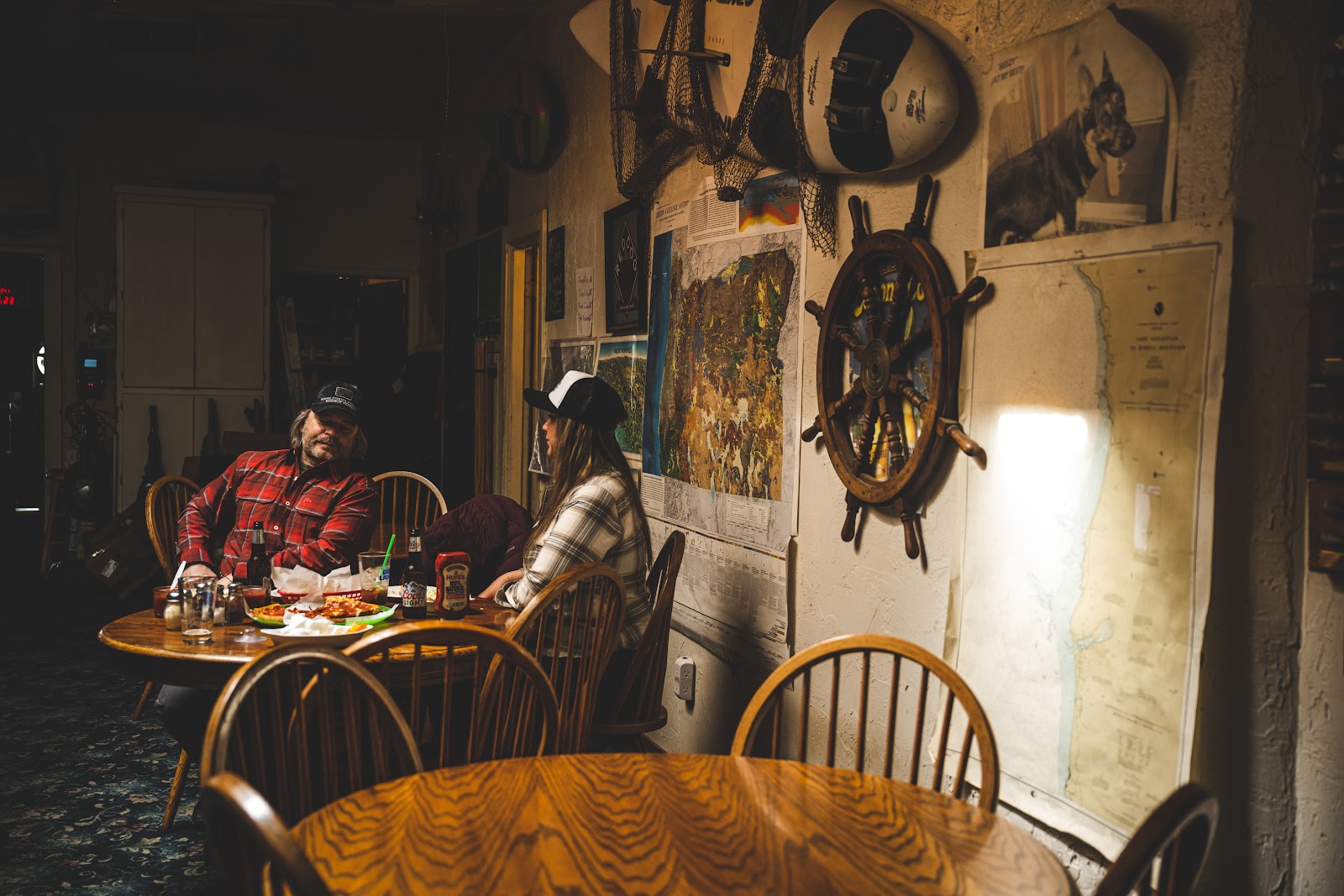

No comments:
Post a Comment